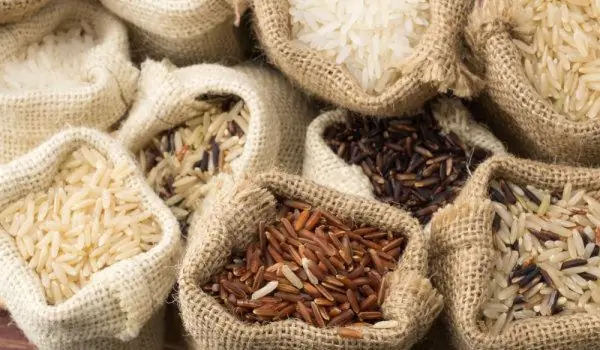2025 Author: Jasmine Walkman | [email protected]. Last modified: 2025-01-23 10:18
Vegetables are one of the most useful gifts that nature has given us. They are rich in vitamins and minerals and it is good to consume them both in the warm and cold months. Therefore, it is good to know how to store them for as long as possible.
For example, extremely useful fresh tomatoes, peppers and eggplants are best stored in a basket hung in a ventilated place. Onions and garlic, on the other hand, are best preserved in a split or mesh. They must be hung in a dry and ventilated place, taking care not to freeze.
When used in the kitchen, it is good to take only the required amount of them, as the temperature of the kitchen will lead to faster decay of the products.
The Bulgarian is used to preparing sauerkraut every year. This is also a type of vegetable storage. To make it tender and firm, and the cabbage soup - sharp and pleasant to drink, a handful of crushed corn is sprinkled between its rows.
When you decide to store a certain vegetable, it is good to make sure that it is not stored in the same room with the fruit. This is necessary because some fruits, especially apples, secrete ethylene plant hormone, which shortens the shelf life of vegetables as it makes them ripen faster.

Only undamaged vegetables are selected for long-term storage. If defects are allowed, then rot, pests or diseases can be transmitted to the rest of the vegetables. They should also be sorted by regular inspection to remove any rotting vegetables.
The perfect time for picking and storing is dry. Thus, moist vegetables will rot much faster.
Potatoes, for example, are vegetables that require storage in a dark, cool and moist place. This makes them suitable occupants of the basements. They can be spread on the floor, pre-lined with cartons, or arranged in crates.
It is advisable to take potatoes first from the bottom of the crate so that they can slide and roll over on top. This will make it much slower. The room temperature should not fall below 4 C. If this happens, the potato starch may turn into sugar and the potatoes may acquire a sweet taste.

In general, all root vegetables such as carrots, celery, beets are also stored in moist and cool basements. It would be good for these vegetables to be covered with moist sand.
Different vegetables have different shelf life after which they rot, no matter how well stored. For example:
- Cabbage, celery roots, radishes, carrots, onions, garlic and beets are stored at an average temperature of 1 C degrees Celsius and last half a year;
- Chinese cabbage, cauliflower, zucchini, eggplant, peppers and celery are stored at a temperature of 10-15 C and are valid for several weeks;
- Beans, green beans, broccoli and cucumbers, stored at 10-12 C, are fit for consumption for up to 2 weeks;
Tomatoes, fresh herbs, radishes, lettuce, spinach and asparagus, lasting up to 11 C, are valid for only 3 days.
And one tip - to freshen a withered vegetable, you just need to put it for an hour in cold water, to which you add 1 tablespoon of vinegar. The effect will be astounding.
Recommended:
Rice - Different Types, Different Preparation

White or brown, whole grain, blanched, with short or long grains… Basmati, gluten, Himalayan, dessert… And more, and more - from Asia, from Africa, from Europe and one that is grown in our lands. Rice exists in so many variations and varieties that it is unlikely that one will have time to list, read and remember them.
How Long Do The Different Vegetables Cook?

Meals prepared from vegetables satisfy the body's nutrients. Vitamins, minerals, vegetable and milk fats, carbohydrates and proteins contained in fresh vegetables are a guarantee of proper nutrition. The dyes, aromatic and flavoring substances in them awaken the appetite and support digestion and assimilation of food.
How To Cook Vegetables Of Different Colors

Green vegetables - spinach, dock, green beans, asparagus, broccoli, Brussels sprouts - are best steamed to preserve their rich green color. If you boil them in boiling water, lightly acidify it with vinegar or lemon juice and just blanch the vegetables for a few minutes to preserve their valuable properties.
The Benefits Of Different Colors Of Fruits And Vegetables

Blue, red, green, purple, orange and white - life would be incredibly boring without the colors that make up the world. When we talk about food, bright colors correspond to the set of nutrients contained in them. However, this only applies to healthy foods, which means that sweets and cakes do not count.
How To Store Different Fruits

The storage of fruits is especially important for preserving their qualities. The best storage that can preserve their vitamins and minerals as much as possible is in the refrigerator in plastic bags. They are not washed beforehand, but immediately before consumption.

